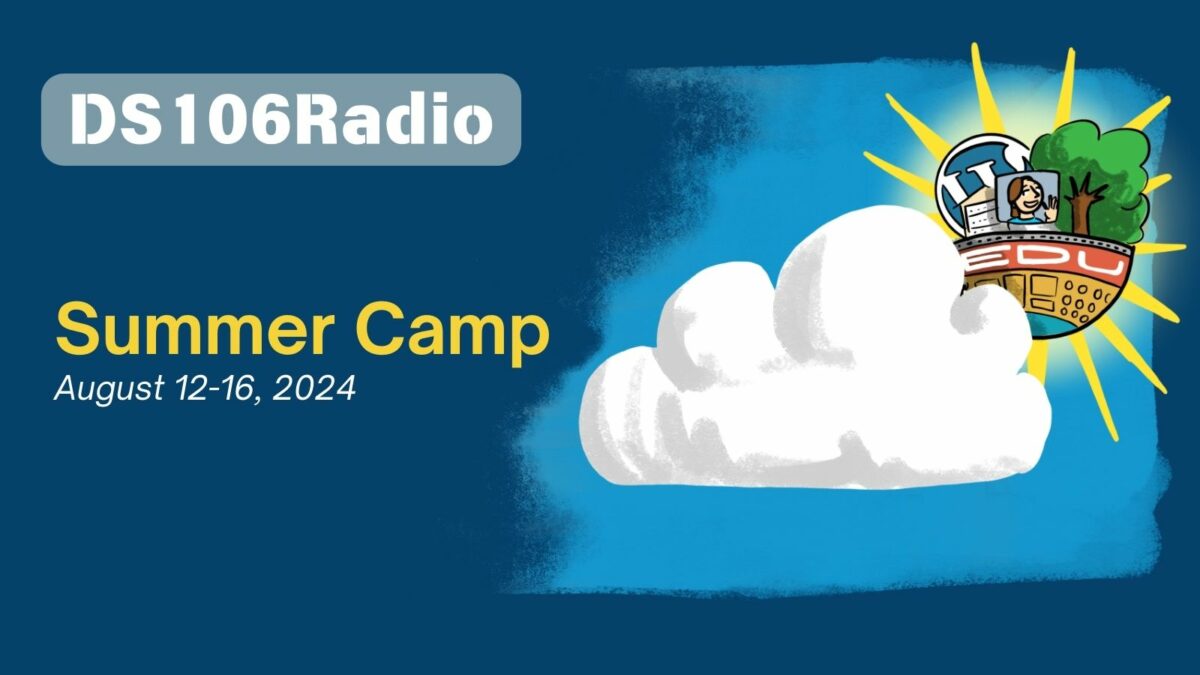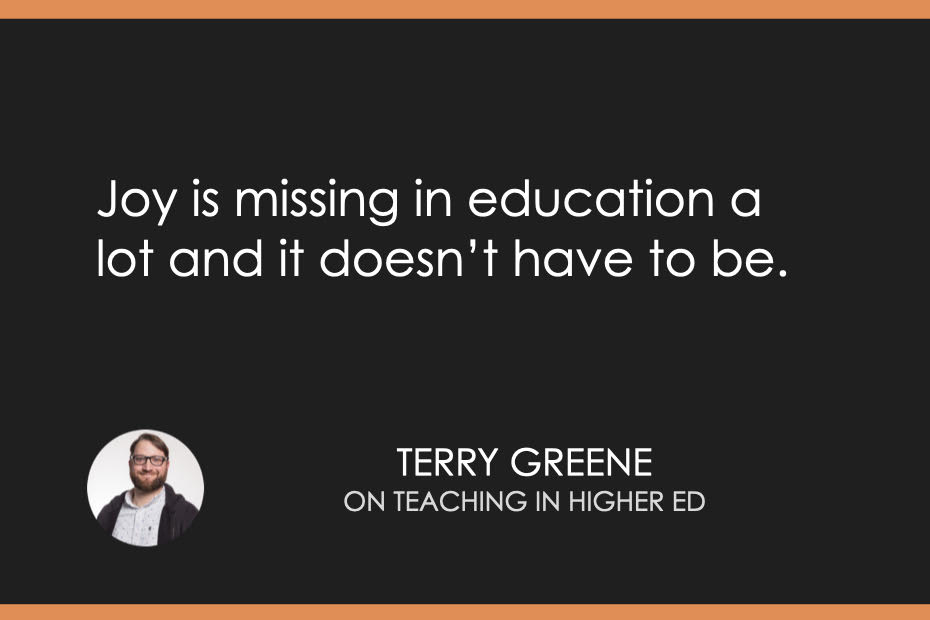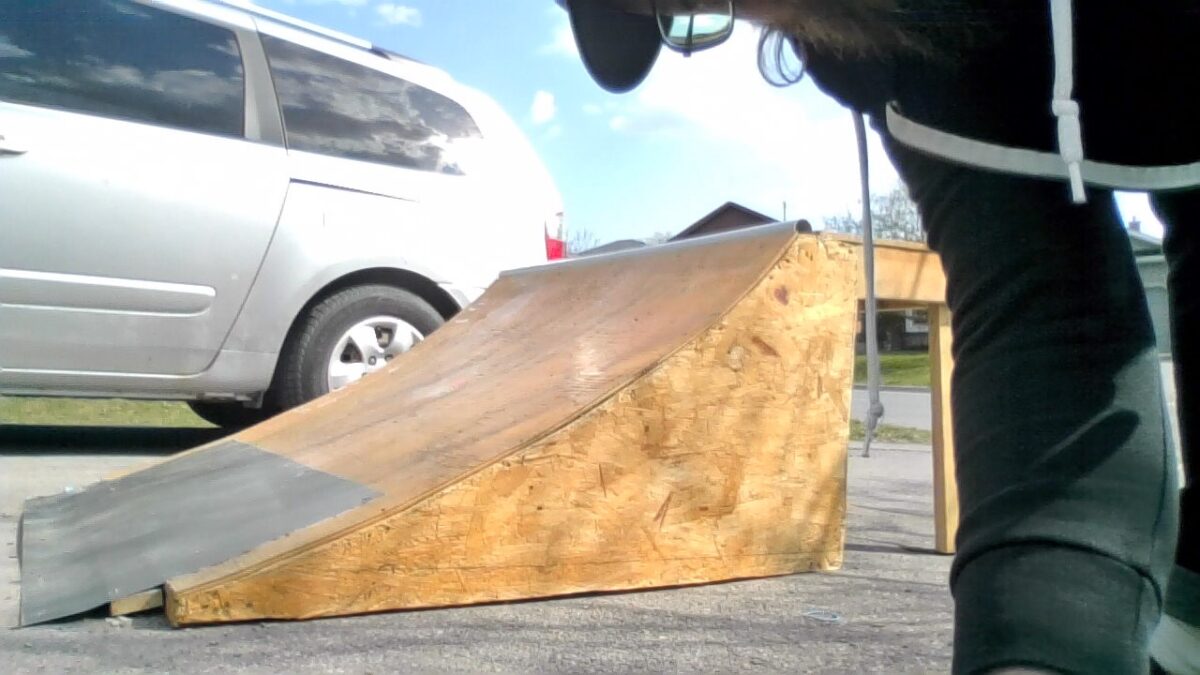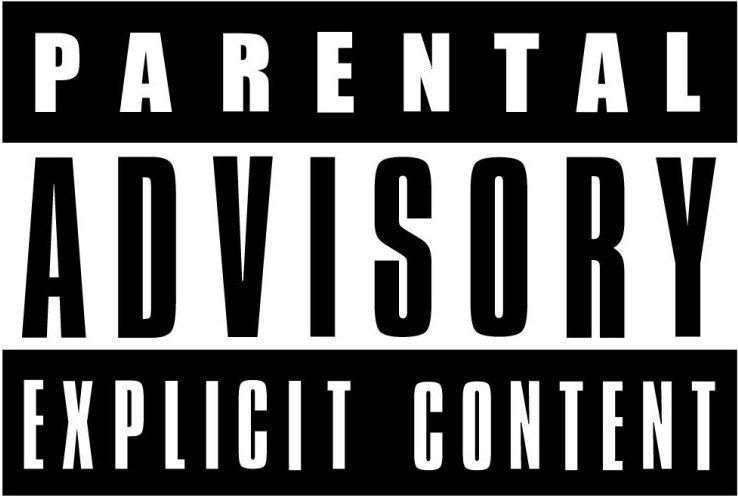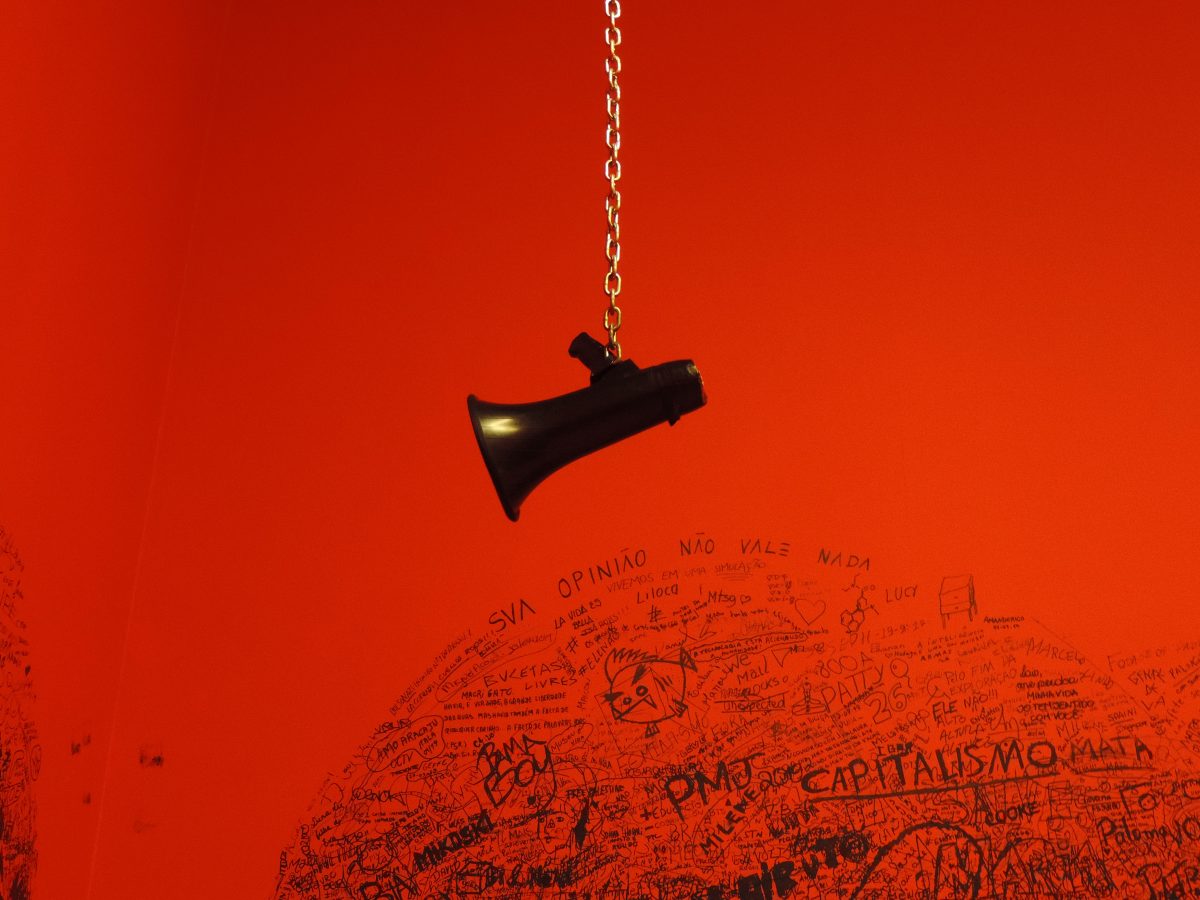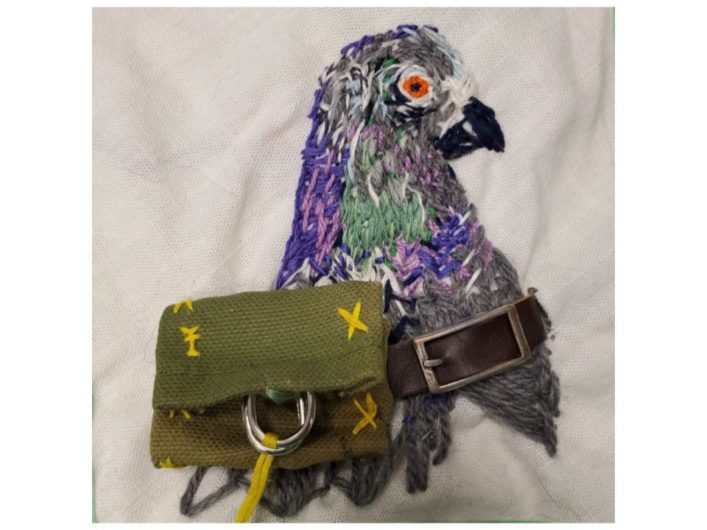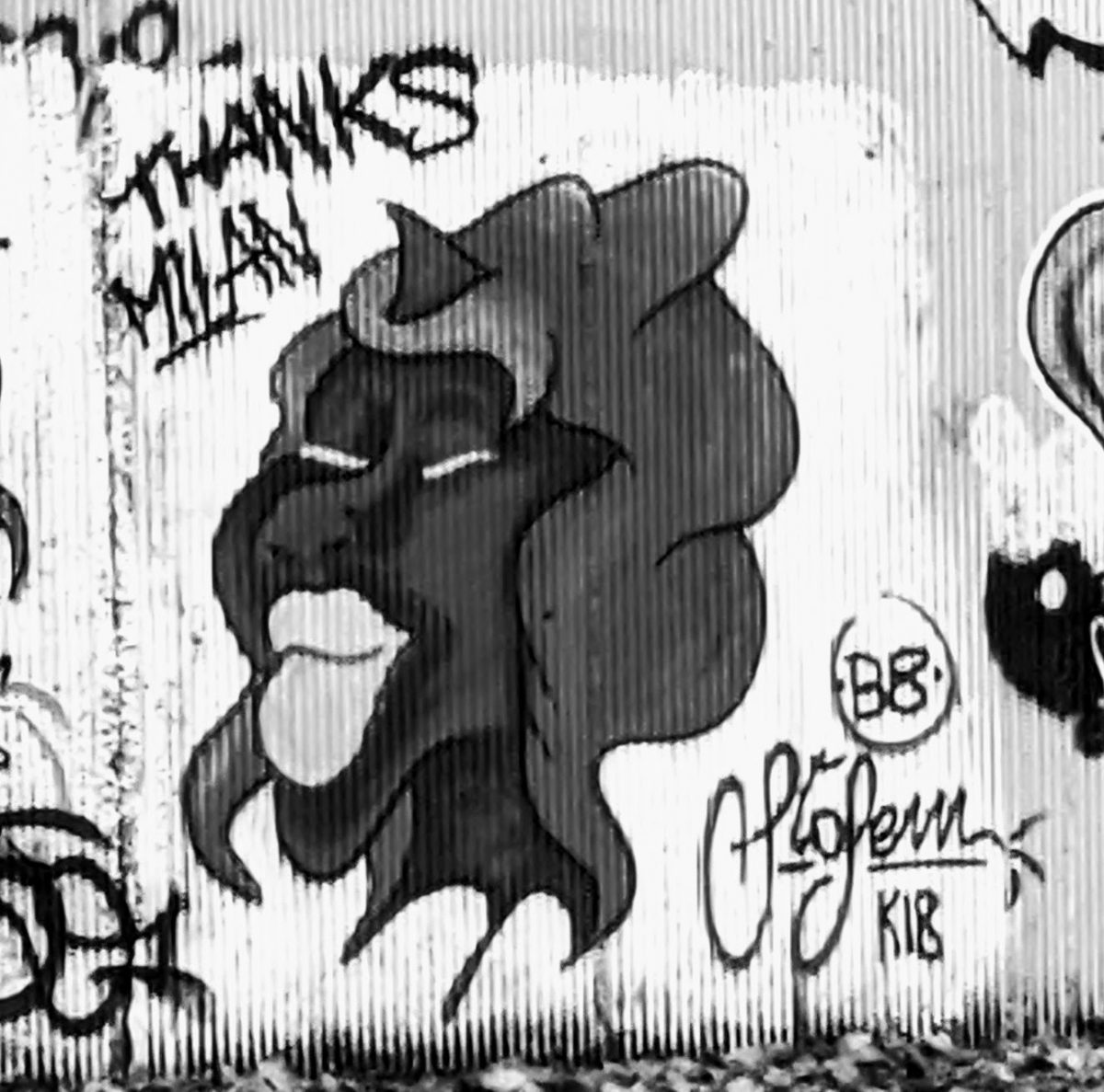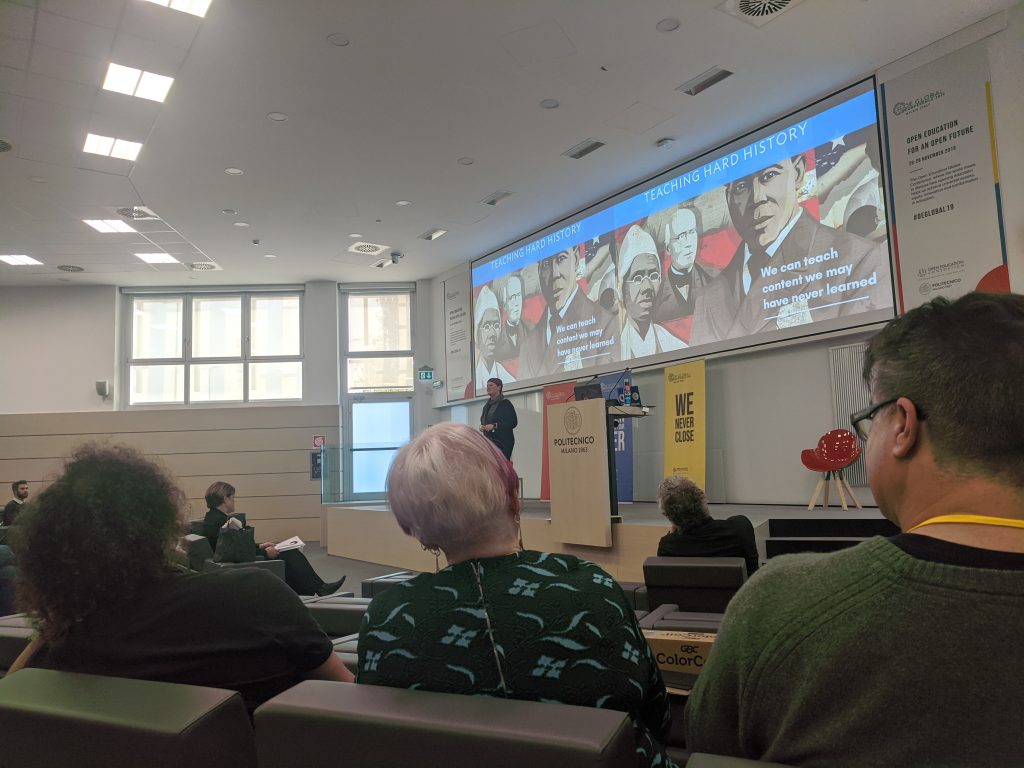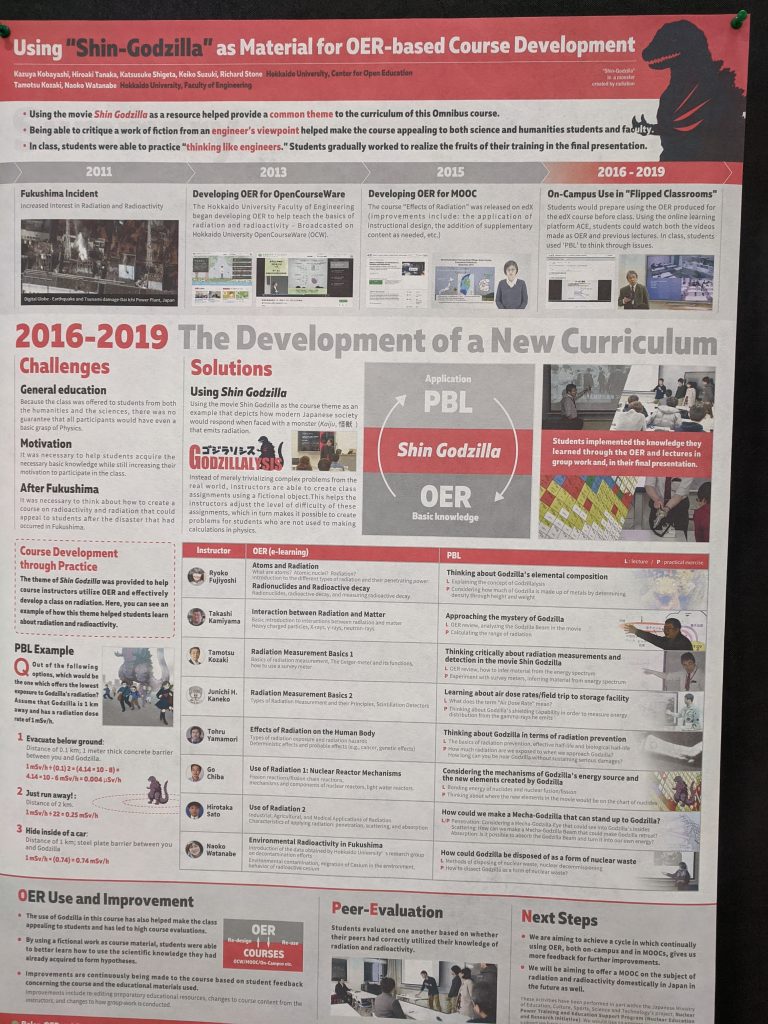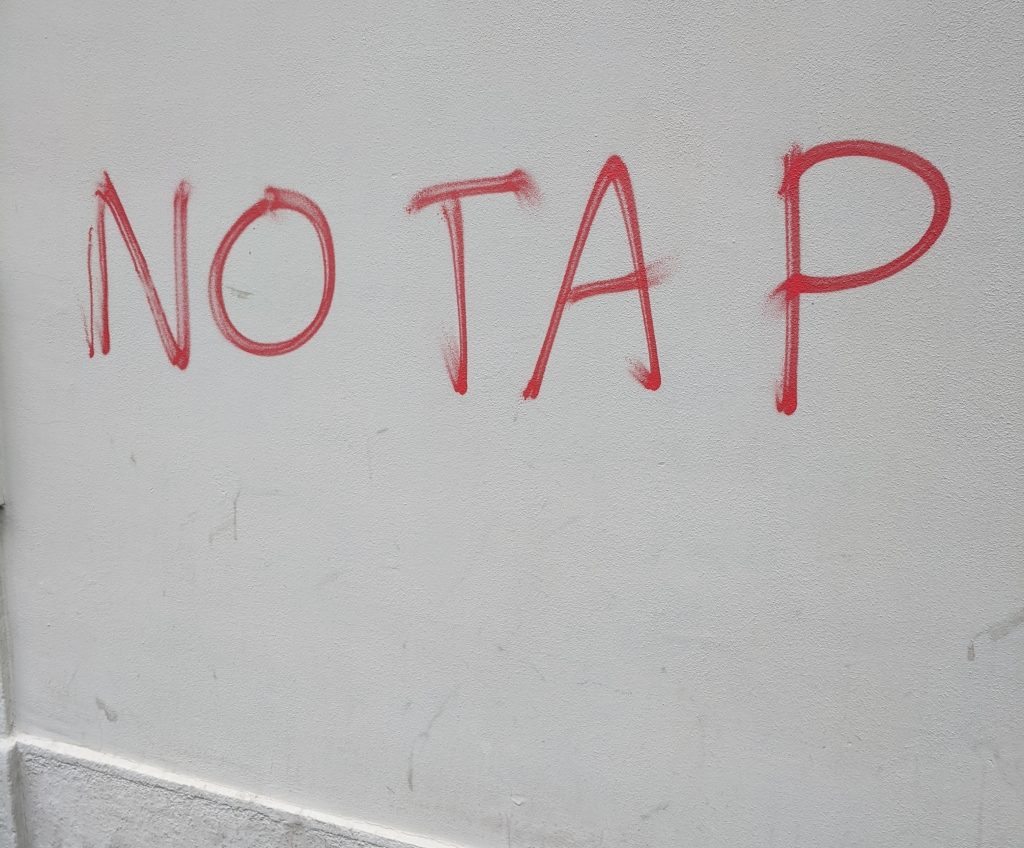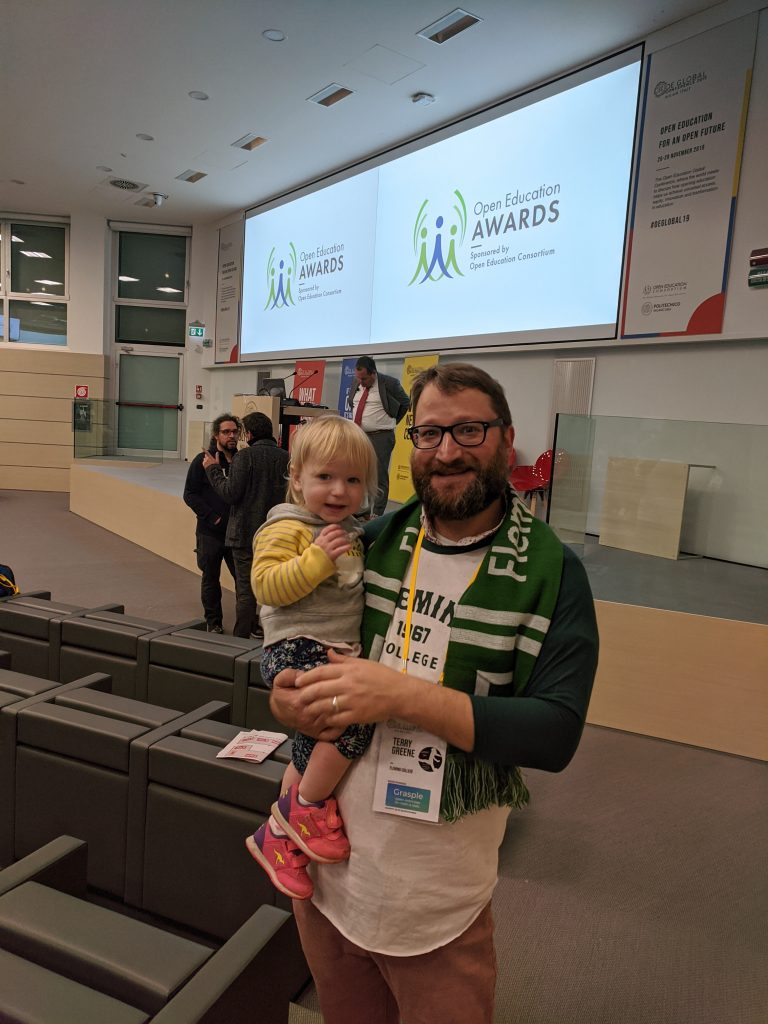I got a little bit over excited when Reclaim Hosting announced the DS106Radio Summer Camp (tune in all this week!). And I got a little bit obsessed with crafting a DJ set for it. I wanted to spin some old school hip hop tunes while selling you on the idea that online learning COULD hip hop like that.
I had a whole lot of fun doing this. Shout out to the Reclaim Hosting team for giving me the space to do it (and specifically to Taylor Jadin for the direct support and encouragement!)
Hear it here (with script below)
“ONLINE LEARNING (COULD NEVER HIP HOP LIKE THIS)
[UPBEAT HIP-HOP BEAT FADES IN] GROWN MAN SPORT
“Good morning, good afternoon, good evening, wherever you are in the world! Welcome to ‘Online Learning (Could Never Hip Hop Like This),’ the show where we blend the beats of hip hop with the rhythm of online learning innovation. I’m your host, Terry Greene, and today we’re diving deep into how the energy and creativity of hip hop can inspire and transform the way we experience online education.
Just like hip hop revolutionized the music scene with its dynamic beats and lyrical prowess, online learning is shaking up traditional education, bringing fresh, exciting, and interactive experiences right to your screen. We’re talking about breaking barriers, challenging norms, and creating a learning environment that’s as engaging and impactful as your favorite hip hop track.
So, get ready to explore how educators and learners alike can remix the old-school ways of teaching, using technology to create a flow that’s truly revolutionary. We’ll be discussing some big ideas for innovation. And in case you are worried, let me put your nerves to rest… I will not attempt to rap at any point in the next hour. You’re welcome.
And speaking of beats that break the mold, let’s kick things off with the track that inspired the spirit of this show. Here’s ‘Rock N Roll (Could Never Hip Hop Like This)’ by the incredible Handsome Boy Modeling School. Turn up the volume and feel the vibe!”
[SONG FADES IN: “ROCK N ROLL (COULD NEVER HIP HOP LIKE THIS)” BY HANDSOME BOY MODELING SCHOOL]
“Welcome back, everyone! That was ‘Rock N Roll (Could Never Hip Hop Like This)’ by Handsome Boy Modeling School. What a way to start the show, right? Now, let’s continue our discussion on how online learning could learn a thing or two from hip hop.
Hip hop is all about creativity, expression, and breaking down boundaries. It’s a movement that brought beauty from the streets and made art out of everyday struggles and triumphs. So, why can’t learning be the same? Why can’t it be beautiful?
When was the last time you heard someone say, ‘Learning is beautiful’? We often think of learning as a chore, something we have to do rather than something we want to do. But just like a powerful hip hop track, learning can be transformative, inspiring, and yes, beautiful.
Imagine an online learning experience that feels more like a soulful beat, where every lesson is a lyric that resonates with you. Where the journey of gaining knowledge is as exhilarating as dropping a fresh rhyme on a hot track. That’s the kind of learning experience we could be striving for.
Let’s take a moment to reflect on this idea while we listen to one of the most beautiful hip hop songs of all time. This next track is a masterpiece by the one and only Ms. Lauryn Hill. Close your eyes, let the music wash over you, and think about how learning, like music, can be beautiful. Here’s Doo wop (That Thing by Ms Lauryn Hill.’ Enjoy.”
[SONG FADES IN: “THAT THING” BY LAURYN HILL]
“Welcome back to ‘Online Learning (Could Never Hip Hop Like This),’ where we’re exploring how the dynamic world of hip hop can inspire and transform online learning. That was the timeless classic Doo Wop (That Thing) by the incredible Ms. Lauryn Hill. Such a beautiful track, right?
Now, let’s dive into another important aspect of hip hop and how it parallels the learning experience. A hip hop song is more than just a collection of beats and rhymes—it’s an opportunity and an environment for the MC to capture
the listener’s attention. The dope beats provide the perfect backdrop, allowing the MC to make a lasting impression and teach something meaningful.
In the world of online learning, we need to create environments that are just as engaging and compelling. When learners are hooked by an engaging platform or course design, they’re more likely to absorb the material and learn something valuable. Just like how an MC uses the power of music to reach their audience, educators can use the power of engaging learning experiences to reach their students.
To illustrate this point, let’s listen to a track that perfectly embodies the role of an MC as a teacher. The legendary DJ Scott La Rock lays down the beats, providing the stage for KRS-One, the teacher, to drop some serious knowledge. This is Boogie Down Productions with ‘My Philosophy.’ Pay close attention to the lyrics and how KRS-One uses his platform to educate and inspire.
Here we go, ‘My Philosophy’ by Boogie Down Productions.”
[SONG FADES IN: “MY PHILOSOPHY” BY BOOGIE DOWN PRODUCTIONS]
“You’re back with Terry Greene on ‘Online Learning (Could Never Hip Hop Like This),’ where we’re exploring how the art of hip hop can revolutionize the way we approach online education. That was ‘My Philosophy’ by Boogie Down Productions, with KRS-One dropping some serious knowledge over DJ Scott La Rock’s beats.
Now, let’s talk about another brilliant aspect of hip hop: its ability to curate samples from just about anywhere. Hip hop producers are known for their creativity in pulling sounds from not just old jazz and soul records, but also disparate areas like news radio clips, kung fu movies (shout out to the Wu Tang Clan), and even cartoons. This blending of diverse elements creates something entirely new and exciting.
Online learning can take a cue from this approach. Imagine if we sampled ideas from all forms of teaching and learning—whether it’s online, distance, face-to-face, or otherwise. By being open to sharing and integrating diverse methods and content, we can create richer, more engaging learning experiences.
To showcase this concept, we’re going to listen to a track by the one and only MF DOOM. Known for his eclectic lyrics and flows, and genius production collabs, DOOM’s soundscapes are as varied as they are compelling. Let’s dive into a track that exemplifies the beauty of disparate samples coming together to form something truly unique. Here’s MF DOOM.”
[SONG FADES IN: “ALL CAPS” BY MF DOOM]
“Welcome back to ‘Online Learning (Could Never Hip Hop Like This),’ where we’re mixing the beats of hip hop with the rhythm of online education innovation. That was MF DOOM, showing us how disparate samples can come together to create something truly unique and compelling. I like to keep in mind that while you use ALL CAPS when you spell the man name on the other hand you use no caps when you spell bell hooks name. but I transgress.
Now, let’s shift gears and talk about making technology work for us, rather than the other way around. In today’s world, it’s all too easy to get caught up in doomscrolling and serving the algorithms with every swipe and click. But what if we took control of the technology instead?
This idea reminds me of a pivotal moment in hip hop history—back in 1972, Grand Wizzard Theodore put his hands on the turntable and invented the record scratch. He bent the technology to his will, creating a whole new way to make music. In online learning, we have the power to do the same. We can bend the Learning Management System (LMS) to our needs, or even bypass it entirely, bringing in other elements to craft a wholly original experience.
One group of artists who epitomized this approach was De La Soul with their groundbreaking debut album, ‘3 Feet High and Rising,’ produced by Prince Paul. They didn’t care what the instruction manual said or what others told them to do with the equipment—they created something entirely new and amazing by pushing boundaries and experimenting.
So, as we think about how we can take control of our online learning environments, let’s listen to a track from that iconic album. This is ‘The Magic Number’ by De La Soul. Enjoy, and remember, the power to innovate is in your hands.”
[SONG FADES IN: “THE MAGIC NUMBER” BY DE LA SOUL]
“You’re tuned into ‘Online Learning (Could Never Hip Hop Like This),’ where we explore how the dynamic energy of hip hop can inspire revolutionary online learning experiences. That was ‘The Magic Number’ by De La Soul, a perfect example of how bending the rules and pushing boundaries can lead to something amazing.
Now, here’s a key message for all of you listening: Anyone can do this. You don’t need to be from one of New York’s five boroughs to make banging hip hop, and you certainly don’t need to be an e-learning designer to create some banging online learning experiences. Innovation and creativity are universal, and anyone can harness them.
This brings us to some Canadian content I’m excited to share. Nova Scotian rapper Richard Terfry, better known as Buck 65, has been a legendary figure in hip hop for decades. His work is a reminder that beautiful, impactful hip hop—and by extension, online learning—can come from anywhere.
So, let’s listen to a track that’s not only a testament to this but also a personal favorite in my household. Here’s ‘Paper Airplanes’ by Buck 65, featuring the wonderful Jenn Grant. This one’s for Katie. Enjoy the beauty of this tune and remember, everyone can create something incredible.”
[SONG FADES IN: “PAPER AIRPLANES” BY BUCK 65 FEATURING JENN GRANT]
“Welcome back to ‘Online Learning (Could Never Hip Hop Like This),’ where we blend the beats of hip hop with the innovation of online education. That was ‘Paper Airplanes’ by Buck 65 featuring Jenn Grant—a beautiful track and a reminder that creativity knows no bounds.
Now, let’s talk about the power of collaboration. In both hip hop and online learning, deep collaboration can lead to extraordinary results. No group in hip hop personifies collaboration quite like the almighty Wu-Tang Clan. With central beat maker RZA at the helm, the Wu-Tang Clan consists of nine MCs who each bring their unique style to the table. They support one another, push each other to new heights, and together create something truly legendary.
In online learning projects, we strive for the same level of collaboration. Bringing together subject matter experts, technologists, and instructional designers allows us to craft better experiences for learners. Each stakeholder brings their best, contributing to a richer, more effective learning environment.
To illustrate this point, let’s listen to the track that kicked off the legend of the Wu-Tang Clan, featuring all nine MCs in under five minutes. Here’s ‘Protect Ya Neck’ by the Wu-Tang Clan. Enjoy and feel the power of collaboration! Watch your step, kid.
[SONG FADES IN: “PROTECT YA NECK” BY THE WU-TANG CLAN]
“You’re back with Terry Greene on ‘Online Learning (Could Never Hip Hop Like This),’ where we’re exploring the deep connections between hip hop and online education. Before the break, we were discussing how hip hop’s ethos of bending technology, curating diverse samples, and fostering collaboration can resonate deeply with the world of online learning.
Now, let’s dive into a track that encapsulates all of these elements and more. Eric B. & Rakim are pioneers of hip hop, known for their innovative beats and Rakim’s legendary lyrical prowess. ‘Don’t Sweat the Technique’ is not just a classic track—it’s a mantra for creators in any field.
In online learning, just like in hip hop, it’s about mastering your craft, experimenting fearlessly, and pushing the boundaries of what’s possible. It’s about leveraging technology to enhance learning experiences, curating educational content that engages and inspires, and collaborating with experts across disciplines to create something truly transformative.
So, without further ado, here’s ‘Don’t Sweat the Technique’ by Eric B. & Rakim. Let the rhythm guide you as we celebrate the connections between hip hop and online learning.”
[SONG FADES IN: “DON’T SWEAT THE TECHNIQUE” BY ERIC B. & RAKIM]
“And that’s a wrap for today’s journey on ‘Online Learning (Could Never Hip Hop Like This).’ We’ve explored how the innovative spirit of hip hop mirrors the evolution of online education—bending technology, curating diverse ideas, collaborating across disciplines, and always striving to push the boundaries.
each track has been a testament to the power of creativity and collaboration. Just as hip hop continues to redefine music, online learning is transforming education, offering new ways to engage and inspire learners worldwide.
Thank you for tuning in and exploring this fusion of beats and learning with me, Terry Greene. Whether you’re an educator, a learner, or simply curious about the future of education, we hope you’ve been inspired to fall in love with this pursuit of innovation and knowledge.
Until next time, keep grooving, keep learning, and remember—online learning definitely COULD hip hop like this!
LET’S HEAD OFF INTO THE SUNSET WITH A TRACK FROM DIGABLE PLANETS: REBIRTH OF SLICK, BECAUSE WE ARE DEFINITELY COOL LIKE THAT.
Looks like my nerves got to me a little bit and I spoke faster than I intended. Which is great because now we have time for another track. A reminder to keep on pushing it like S and P. Salt and Pepa’s here. Thanks for tuning in!
PUSH IT – SALT N PEPA

